
1898 - 1976
Alexander Calder

description
A famous American artist and sculptor, whose works adorn squares of the cities of the USA, Europe and Latin America. A son and grandson of sculptors, Alexander Calder, was educated as an engineer and applied his knowledge in the field of sculpture, which allowed him to create a completely original, innovative approach to this kind of art.
Calder became known worldwide as the inventor of “wire sculpture”. Having abandoned the traditional heavy materials – clay, gypsum and bronze, he created airy designs in which the shape of the object is depicted very simplistically and schematically. His wire figurines resemble a pencil drawing in space and amaze you with their laconicism and elegance of execution.
Another invention of the sculptor is the so-called “mobiles” – those are dynamic constructions that are driven by the force of the wind, the laws of gravity and in some cases by an electric motor. These works are completely abstract and small in size, in contrast to the more stable and monumental “stables” of the sculptor, which perfectly complement the urban landscape. One of the most famous and large-scale creations of Alexander Calder is his work “Man”, located in the center of Montreal.
Key ideas:
– Instead of massive sculptures made of plaster and bronze, Alexander Calder created thin, airy designs using wires of various thicknesses and improvised materials. One art critic called these linear sculptures “drawings in space”, as they resemble a pencil sketch or a three-dimensional sketch.
– In his works, A. Calder tried to overcome the static and monumentality inherent in sculpture and make it as light and airy as possible. His goal was to convey movement when various parts of the structure could occupy completely different positions in space in relation to each other and the viewer. In his work, the sculptor used the knowledge in the engineering field he gained in his youth. His sculptures are carefully balanced designs that come in motion from the airflow and light touch of the hand.
– During training in the League of Artists in New York, A. Calder worked as a graphic designer for circus performances. He loved this type of art until the end of his life. Later, the sculptor created his mobile mini-circus, in which the figures of artists and animals were made of wires, pieces of metal and other improvised materials. All the elements of this circus moved with the help of complex compounds under the guidance of the author himself.
– In addition to small “mobiles”, as if floating in the air, the artist also created monumental sculptures, which he called “stabilization”. Gradually, Calder’s sculptures took on ever larger sizes, many of which became an adornment of urban squares in Europe and America.
1898
1915
1922
1926
1930
1943
1958
1966
1976
1976
Рождение мастера
Started studying mechanical engineering at the Stevens Institute of Technology
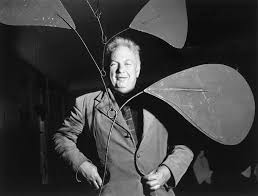
Alexander entered the League of Student Artists
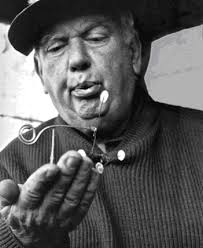
Moved to Paris

He invented movable structures
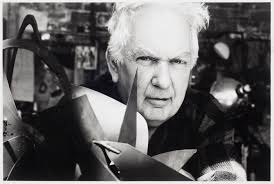
The large personal exhibition
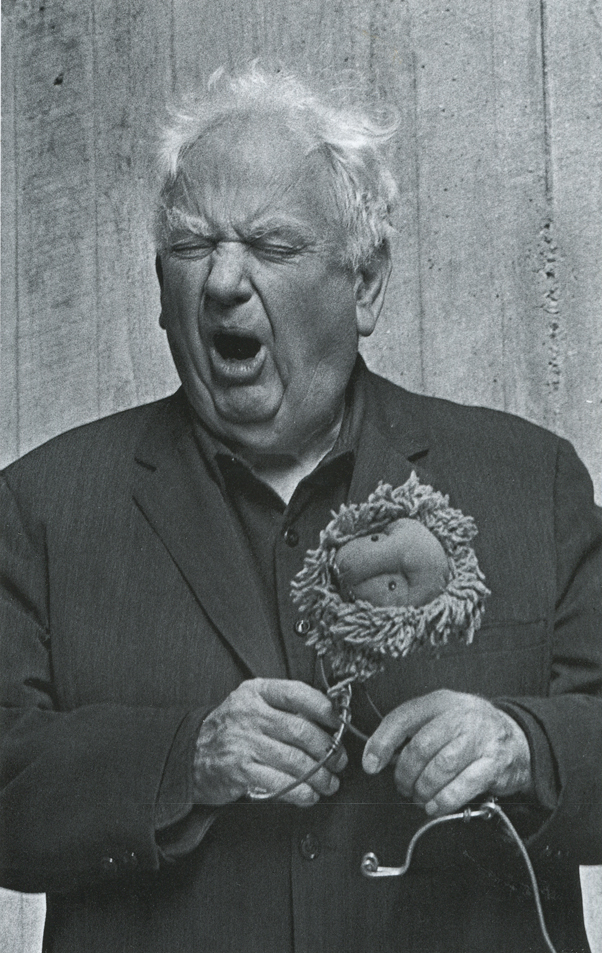
Began to engage mainly in monumental sculpture
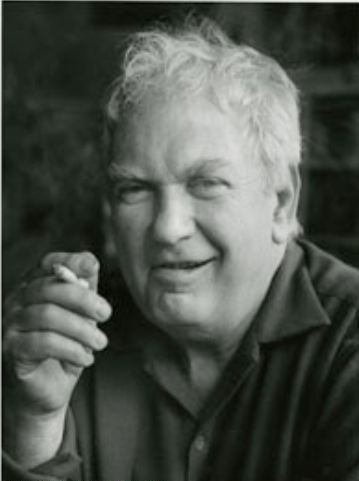
Moved to France
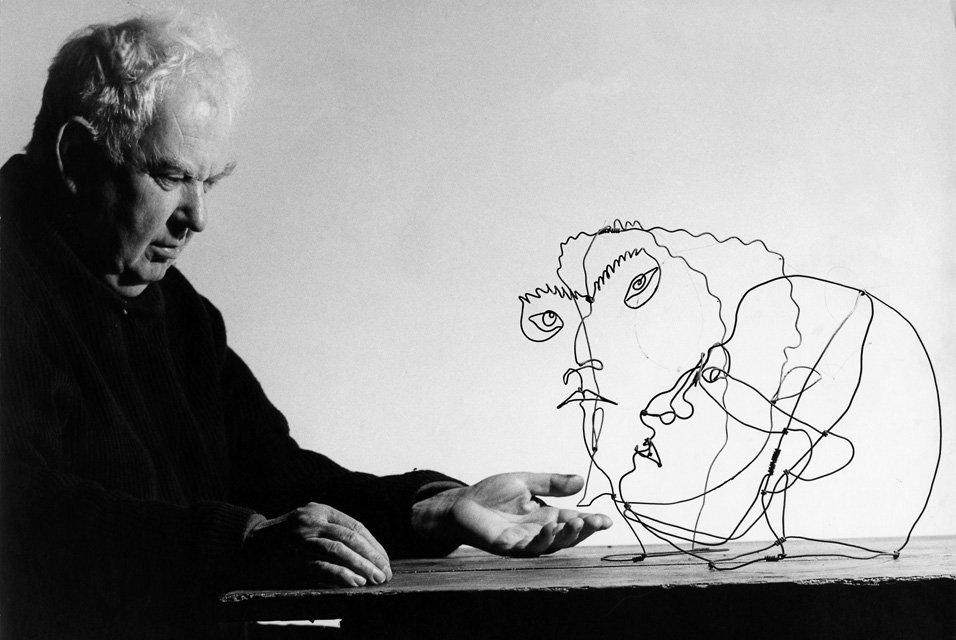
The last lifetime major retrospective exhibition

The death of the artist

